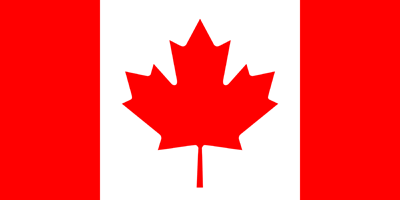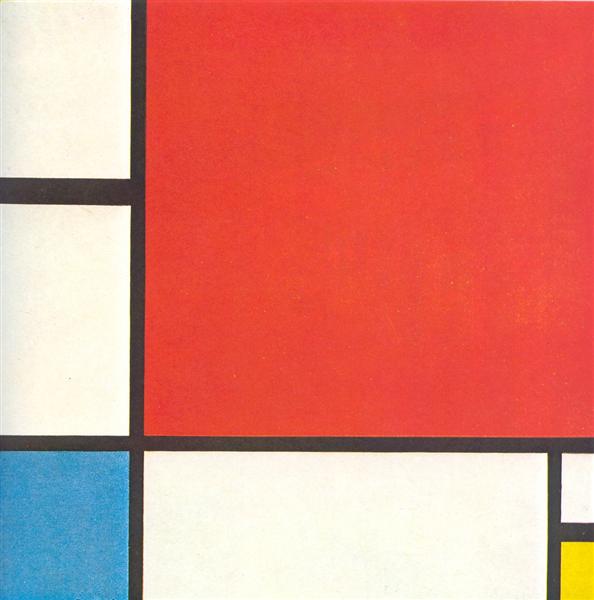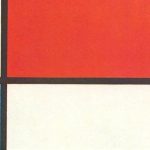Now that increasing numbers of people are stuck at home and sheltering in place, I figured I’d do a little series. Every weekday for the duration of this intense period, I’ll post a short definition of some term in/related to aesthetics and philosophy of art. Let’s see how this goes! See them all here.
Terms of Art #16:
formalism

form: two red bars, symmetrical composition, red and white…
not form: IT’S THE CANADIAN FLAG!
Pronunciation: go with your gut
Definition: In order to understand formalism, we have to understand what form is.
~Interlude definition~
Form – typically the stuff in an artwork that you can perceive through your senses. Examples:
(a) Painting – Colors and composition are part of its form, but facts about its particular socio-historical context, or religious or moral message, are not.
(b) Music – All the stuff you can hear. Not the stuff you can’t (like that the album was inspired by the musician’s trip to Bhutan, or that she’s talking about Kanye West guysssss).
(c) Literature – This gets weird (you see… the words? the font? the page layout?). Basically it’s the stuff that’s not part of the content (i.e., the story itself) but the way that it’s told – in literature, form the how not the what.
Back to formalism. There are different variations. What they have in common: form is centrally important. Much more important than any other stuff about the artwork.

when you think of formalism, think of this kind of stuff
Piet Mondrian, Composition with Red, Blue and Yellow (1930)
(1) Formalism (ontology of art) – facts about something’s form are what make it count as an artwork at all
(2) Formalism (value of art) – facts about an artwork’s form are what make it good or bad art
(3) Formalism (school of art/literary criticism) – form is the most important (or only) thing that is relevant for understanding and analyzing an artwork
It’s as easy as that!
Key figures (defenders, proponents, users, and abusers):
Roger Fry, Clive Bell, Clement Greenberg, Michael Fried, Rosalind Krauss (← maybe you can tell from this list that formalism was SUPER popular in the 20th century until the 1970s)
Related terms:
um, form – but we did that one already
Not to be confused with:
form – I guess don’t confuse it with those things with boxes that you have to fill out at work and stuff…
formal – also don’t confuse it with ‘formal’ which is about being very polite and proper at the dinner table and texting people with full capitalization and periods. (Guys, that is too formal for texting. Please stop making your friends feel weird.)


